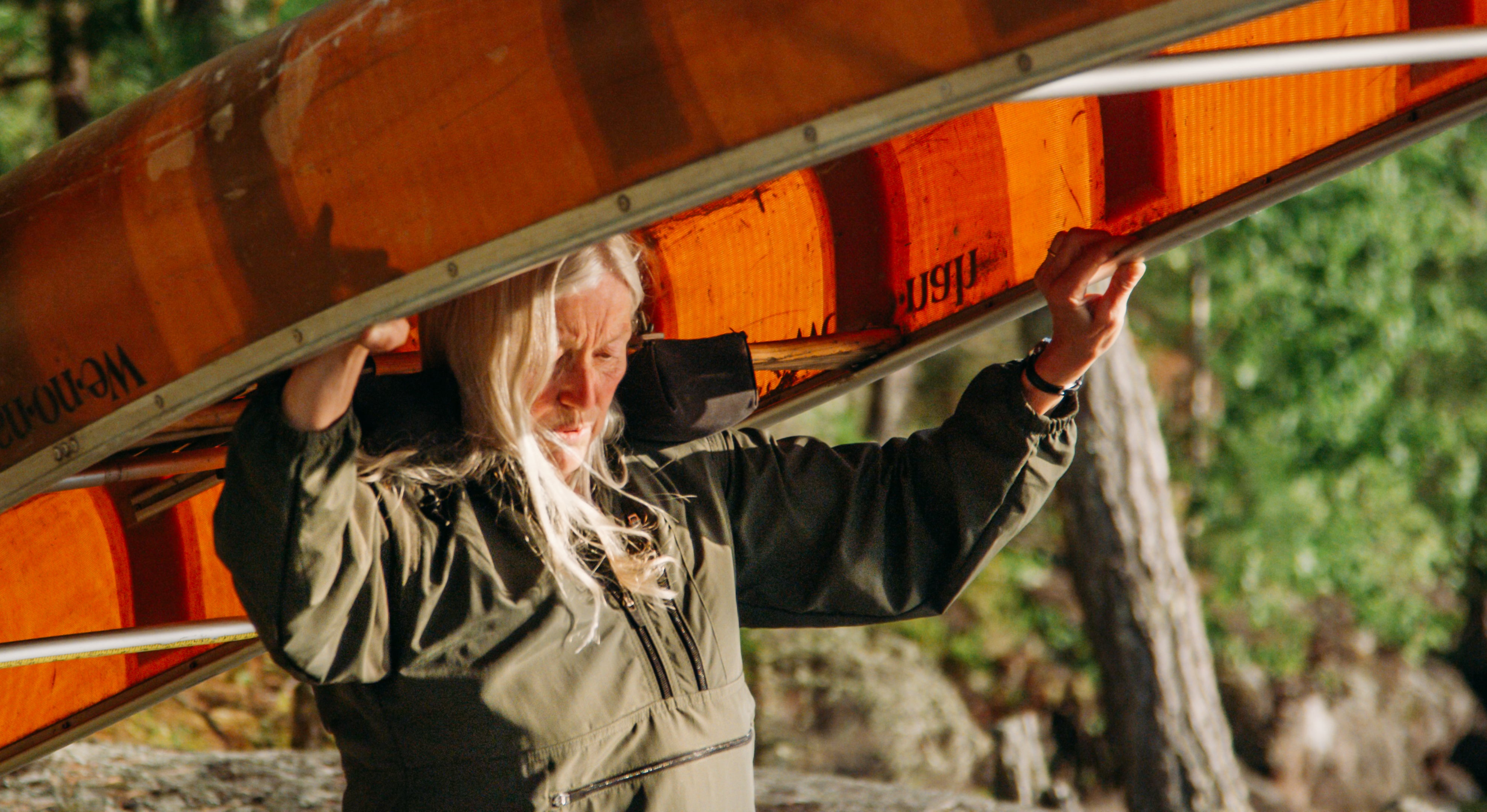Plenty of places that offer beautiful camping are also famous for their biting insects, but there’s no need to let that nuisance damper your day. Whether you’re out in the Boundary Waters Canoe Area Wilderness or hanging out in a Mississippi swamp, there are some easy ways to avoid the irritation – even if you have to raise your voice to be heard over the whine of insects.

Mosquitoes, no-see-ums, certain types of flies, and ticks all seek blood, and do a darn good job of getting to it. This is annoying, especially for those with strong allergic reactions to the bites, and also sometimes unhealthy. Mosquito-borne illnesses aren’t super common in the United States, but you may encounter them in many other parts of the world. In addition, ticks across the United States may now transmit Lyme disease, an illness caused by nasty bacteria.
There’s good news though – you can defend yourself against the swarms!
1) Minimize bare skin
If the bugs are bad, you should wear protective clothing. That means long pants, long-sleeve shirts, and maybe a head net. Even if it’s hot, modern outdoor gear offers plenty of super-lightweight layers that’ll help you stay both protected and cool. The key is to wear fabrics with a very dense weave (like Wintergreen’s Supplex® nylon) so the insects can’t poke through.
Ticks can be a little trickier to protect against, since they crawl and jump rather than flying. However, ticks tend to only crawl upwards, so tucking your pants into your socks and your shirt into your pants is hands-down the most effective way to keep yourself safe from them. It also helps to wear light-colored fabrics so you can see the insects more easily.
If the flying bugs are really bad, a pair of cheap gardening gloves, a bandana for your neck, and a set of gaiters can also save the day. You might not feel super fashionable, but when the swarms show up you’ll still be able to relax outside.

2) Use effective insect repellent
Did you know that there are a variety of natural substances that repel insects? I like to make my own insect repellent using common essential oils, and it seems just as effective as most of the store-bought stuff. Also, in the long-run the DIY approach is cheaper than buying conventional repellent.
You do need to reapply often in order for it to be effective, but the good news is that homemade bug spray smells great. There are tons of different recipes on the internet, but it’s really a pretty simple process. Here’s the basic idea:
- Find a spray bottle. In the travel toiletries area of many stores, you can find little spray bottles that are 1-3 oz. in volume. Those are perfect, as are old perfume bottles, old bug-spray bottles, etc.
- Fill the bottle mostly full with water or witch hazel. Water works fine as long as you shake the bottle vigorously every time you apply the spray.
- Add essential oils. How much depends on the bottle size, but somewhere in the range of 20-30 drops of each oil is about right for a 3-oz. bottle. I always use rose geranium oil because it specifically repels ticks (Lyme disease really sucks). I also add 20-30 drops of eucalyptus for repelling mosquitoes. Often, I only use those two oils. However, you can try lots of others including cedarwood, tea tree, peppermint, citronella, basil, thyme, clove, lemongrass, and rosemary. Have fun with it!
- Apply frequently, always shaking the bottle vigorously before you spray.
3) Stay inside during bug hour
In buggy places, such as Wintergreen’s hometown in northeastern Minnesota, the insects are most active for a period of time around dawn and dusk. This “bug hour” can actually last anywhere from 15 minutes to 2 hours, and it’s typically much worse at dusk compared to dawn. If you’re in a place where this occurs, you will notice when bug hour is happening. The whine of mosquitoes will suddenly increase, birds and bats and dragonflies will swoop around as they feast on insects, and the insects themselves will be feasting on you.
You can avoid this unpleasant experience by going inside a bug-proof shelter for this period of time. The key is to make sure that you have a shelter ready before bug hour begins, rather than waiting and being pestered as you put up your tent. Eventually, you’ll hear things quiet down outside and you’ll know bug hour has ended. To extend morning & evening comfort on camping trips, bring one of the new lightweight mesh camping gazebos, such as the 6-lb Nemo Bugout Shelter. It’s like having a screen porch breezeway at your campsite.
4) Seek out breezy areas
Although there are always a few insects that seem to loiter in windy spots, a steady breeze is definitely effective for reducing swarms of bloodsuckers. An exposed hillside, the downwind end of a lake, or a boat on open water are all great places to avoid the bloodthirsty fiends.
If you’re in an area with limited airflow, such as a screened-in porch, burning citronella candles might help repel mosquitoes, or it might not – studies are inconclusive. I like to use them anyway because they create a nice ambiance.
5) When camping, choose your site carefully
In addition to airflow, insect concentrations are affected by the presence of stagnant water or other ideal egg-laying habitats such as rotten logs and spongy moss. You can learn to recognize these spots from far away by paying attention to the vegetation in an area. For example, in northeastern Minnesota, cedar trees typically grow in damp areas, while red pines like to grow in soils with better drainage. That means that a rocky campsite in a red pine grove is going to be less buggy compared to a sandy campsite in the middle of a cedar patch.
Paying attention to plants might seem tricky, but if you camp in different spots it’s easy to learn from experience. You can learn to recognize the relevant vegetation in your ecosystem by simply remembering what you see around next time you’re unexpectedly eaten alive right after pitching your tent!
This summer, don’t let biting insects ruin your outdoor experiences. If you follow these tips, you’ll find that you’re much more comfortable in buggy places. As always, be sure to get outside, stay safe, and have fun.
Saeward Schillaci
Saeward Schillaci is a professional writer, editor, and outdoor guide. She is the founder of Northwoods Editing, which specializes in helping businesses create quality written content. Currently, Saeward lives on a permaculture farm near Menard, TX with an assortment of animals including humans, dogs, cats, chickens, feral peacocks, and armadillos. In her spare time, she enjoys canoeing, climbing, creative writing, swimming, and whittling.




